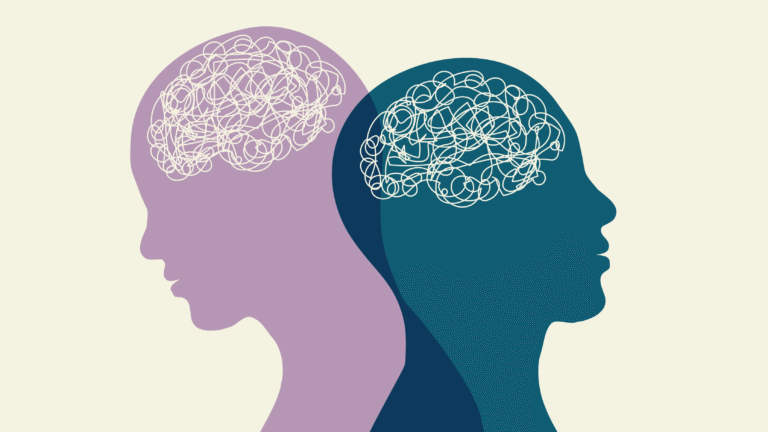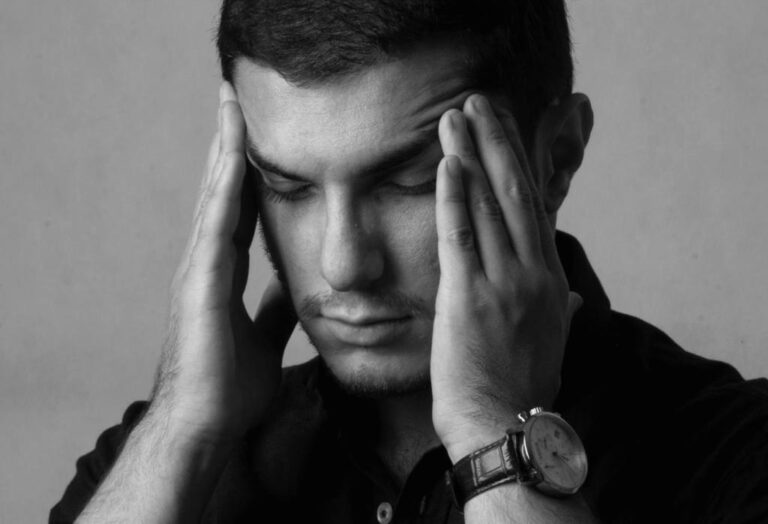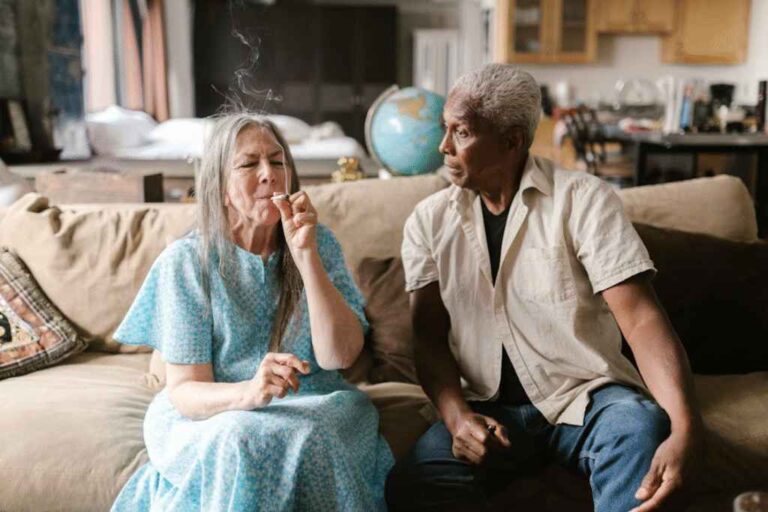We all know that physical exercise is the best way to prevent diseases, tone our physiques, and keep ourselves in good shape. And if you’re a psychiatrist, medical doctor, or even a post-master’s psychiatric mental health nurse, you would also understand that the physical benefits of exercise also come with mental benefits – improving sleep, allowing sharper memory, and being a vital mood booster. But what about the fundamental role that exercise plays in the management of mental illnesses or conditions such as anxiety and depression?
Growing evidence points to the fact that physical exercise may lead to improved depression and anxiety-related outcomes compared to pharmacotherapeutic solutions. From aerobic exercises to weight training, any physical activity has the potential to not only be a stress reliever, but an active fighter against mental illness.
Endocannabinoids: The ‘Feel-Good’ Hormone
We have all experienced that relaxing or euphoric feeling after doing some physical activity. For many years, across the medical field and pop culture, this feeling has been attributed to the release of endorphins. Admittedly, endorphins definitely have their place as one of the brain’s natural pain relievers, as they are inhibitory neurotransmitters that play a significant role in blocking pain.
For example, activating endorphin receptors can relieve depression symptoms and reduce chronic headaches or migraines. However, recent research has shown that endorphins do not actually pass the brain-blood-barrier (BBB). That ‘feel-good’ feeling we get after finishing a good workout may actually traced to the release of a hormone called endocannabinoids.
Endocannabinoids, as their name suggests, are lipid molecules with similar molecular structures found in cannabis but are produced naturally in the body. While exercise increases the circulation of endorphins, it simultaneously increases the levels of endocannabinoids in the bloodstream. Yet the difference is that, unlike endorphins, endocannabinoids can freely move beyond cellular barriers that separate the bloodstream from the brain.
A joint study conducted by the University of Wisconsin-Madison, the Medical College of Wisconsin, and William S. Middleton Memorial Veterans Hospital in 2019 measured endocannabinoid levels and mood changes before and after exercise sessions of varying intensity in 17 women diagnosed with depression.
Each participant completed a dual round of 30-minute aerobic exercise sessions, with one at a prescribed moderate intensity and a second at the participants’ own preferences. Researchers in the end found notable increases in endocannabinoids and mood improvements in both sessions, with a slightly higher increase from the moderate-intensity session. The study attests to how exercise is an effective antidepressant due to its causal ability to blunt the brain’s response to physical and emotional stress by releasing this natural hormone.
Altering and Refining Brain Structure
A lot of mental illnesses alter the structure of the brain, and exercise, too, can rectify these in response.
Conditions such as anxiety trigger what is known as the ‘fight or flight’ response in the brain, and this leads to the release of chemicals such as adrenaline and cortisol. While mere stress would most likely not lead to any significant changes in brain structure, with chronic and generalized anxiety it can entail increased risks of neuropsychiatric disorders and pernicious structural changes in the brain. For example, it has been found that chronic stress can degenerate the hippocampus – which plays a fundamental role in memory retention – and increase pressure on the prefrontal cortex – which regulates stress – and the effects of these are self-explanatory.
Other structural changes also include the increase of amygdala size – gray matter for fear response and emotional expression – causing amplified responses, such as aggression, to fearful or threatening situations.
Physical exercise, however, can reverse all of these damaging alterations. Regular movement can significantly increase the volume of the hippocampus, with those who exercise regularly found to have a larger hippocampus than those who do not.
The hippocampus shrinks in late adulthood, so adequate fitness becomes even more paramount for older adults, especially those with mental health conditions. The figures show that physical activities increased hippocampus volumes by 2%, which equates to a reversal of age-related volume losses by 1-2 years. For adults of all ages, one year of regular physical exercise can increase hippocampal volume by 1%.
An Alternative to Pharmaceutical Intervention?
Exercise as we see is a potent tool in managing and fighting symptoms of mental illnesses such as anxiety and depression. Medications such as antidepressants and other leading psychiatric drugs have maintained a controversial reputation in the management of mental illness symptoms throughout the years. However, exercise may be a viable alternative for those who are wary or do not wish to take medicated treatments.
Recently, the University of South Australia conducted a comprehensive review of over 1097 clinical trials involving over 128,000 participants worldwide on the effects of physical activity and exercise on mental illnesses. Researchers found that exercise can be 1.5 times more effective at reducing mild-to-moderate symptoms of anxiety and depression than prescribed medication and cognitive therapy.
While researchers noted that the higher the intensity of exercise, the greater the results, any exercise – from yoga to brisk walking – was still more beneficial in alleviating symptoms than conventional care. These results are staggering overall, and they can serve as a guide for mental health professionals and practitioners to instead prescribe a safer and cheaper physical exercise regime first, rather than a more expensive and potentially adverse pharmaceutical medication for treatment. Even for more serious depressive disorders such as schizophrenia, exercise has also shown to be as effective as meditation in alleviating symptoms.
Exercise is rich in therapeutic promises for managing and even treating common mental illness conditions. Minimal, moderate, or high – regardless of which intensity, any exercise can manage and improve one’s mental health and well-being.













